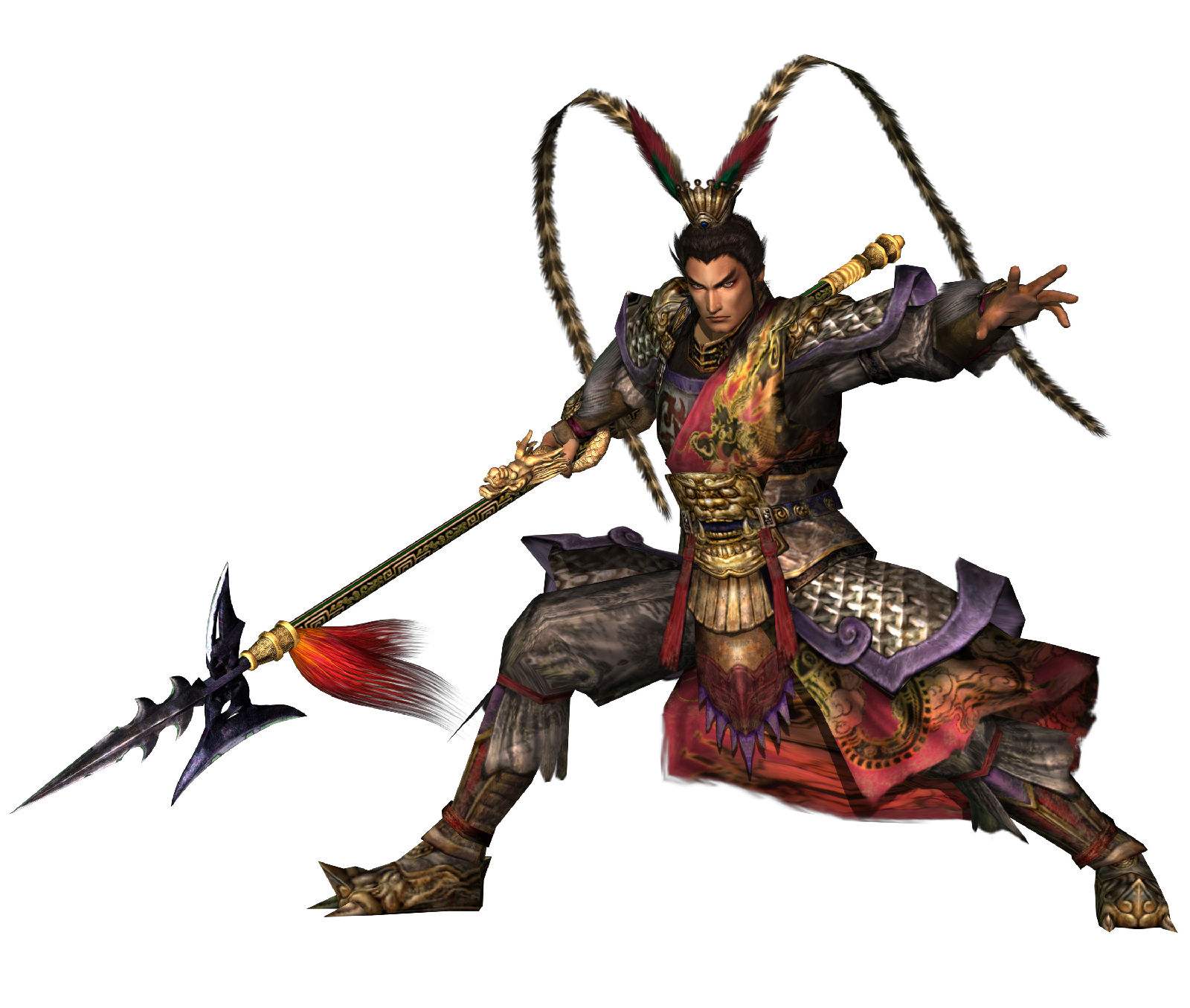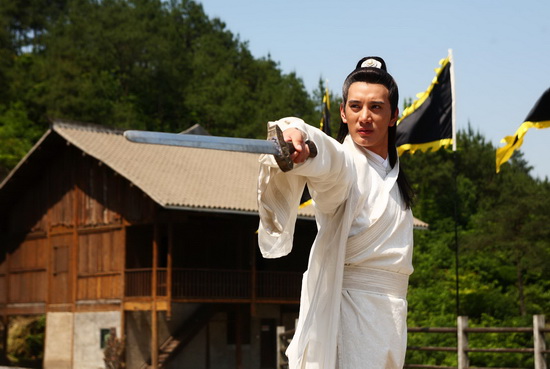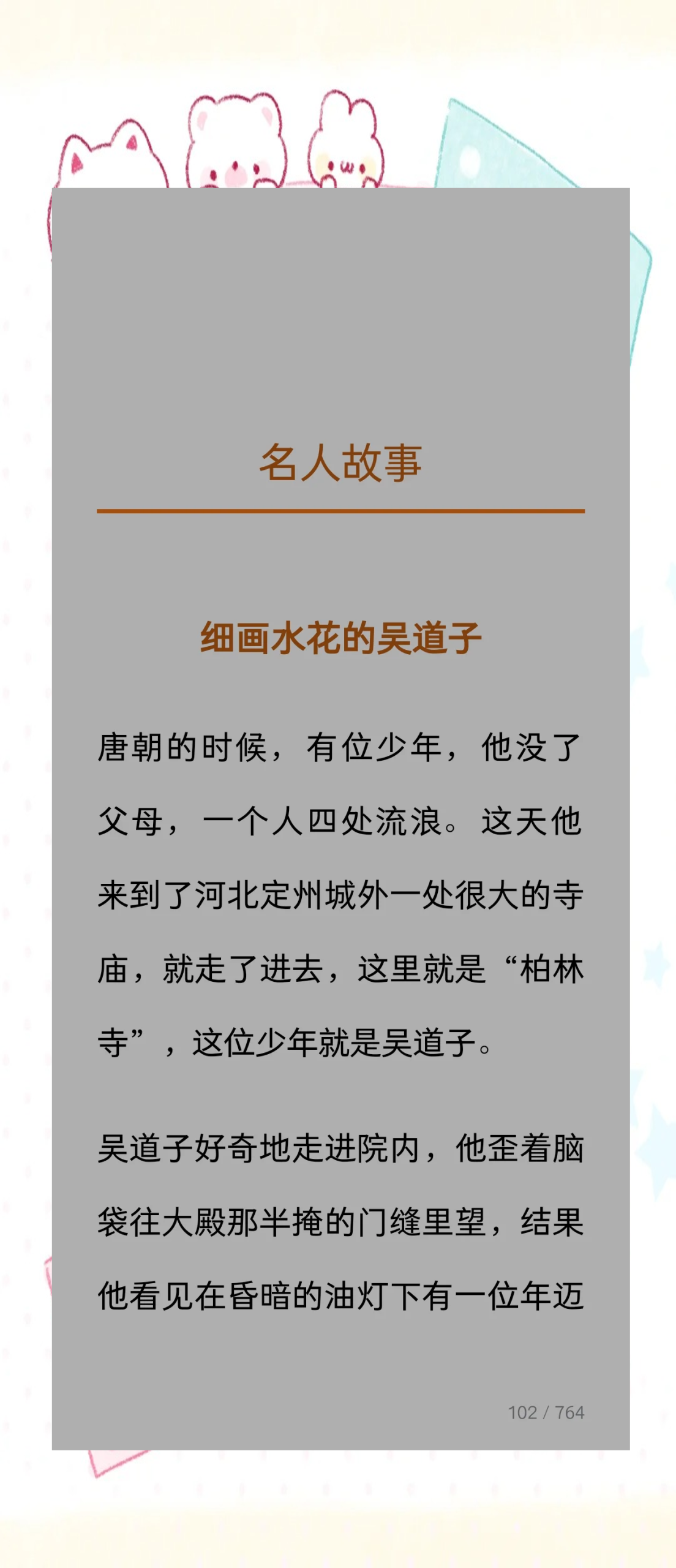Main entries: Peasant Uprising at the end of the Yuan Dynasty, Ming Dynasty’s War to Eliminate Yuan, Ming Dynasty’s War of Unification
At the end of the Yuan Dynasty, the Mongol rulers were cruel and tyrannical. In 1351, the Yuan court conscripted over 100000 farmers and soldiers to control the Yellow River floods. [23] “River management” and “currency change” led to the outbreak of the Red Turban Rebellion. In 1351, the Red Turban Rebellion led by Han Shantong and Liu Futong broke out. In 1352, Guo Zixing responded by organizing a rebellion and capturing Haozhou. Zhu Yuanzhang, who came from a commoner background, was invited by Tang He to seek refuge with Guo Zixing and made numerous military achievements. He was highly regarded and trusted by Guo Zixing, and married his adopted daughter Ma Zixing. [2] In 1355, Liu Futong proclaimed Han Linger as emperor, with the country name Song and the era name Longfeng, and was called Xiaoming Wang. After the death of Guo Zixing, Zhu Yuanzhang led the Guo tribe, and Prince Xiaoming appointed him as the left deputy marshal.

In 1356, Zhu Yuanzhang occupied Jiqing (now Nanjing), renamed it Yingtian Prefecture, and captured strategic locations around it, gaining a foothold. [31] Zhu Yuanzhang adopted Zhu Sheng’s suggestion of “building high walls, accumulating abundant grain, and slowly proclaiming himself king” and continuously strengthened his own strength. In the 17th year of the Zhizheng reign (1357), Geng Bingwen conquered Changxing and Xu Dak Changzhou, while Zhu Yuanzhang personally led his army to attack the state of Ning. Subsequently, Zhao Jizuke from Jiangyin and Xu Dake from Changshu. Hu Dahai conquered Huizhou, Chang Yuchun conquered Chizhou, and Miao Daheng conquered Yangzhou. In the 19th year of the Zhizheng reign (1359), Zhu Yuanzhang successively captured the remaining areas in eastern Zhejiang, frequently conquering Quzhou and Chuzhou by Hu Dahai. From then on, Zhu Yuanzhang’s troops controlled various areas in Jiangzuo and Zhejiang, and were adjacent to Chen Youliang’s troops to the west. At this time, although Zhu Yuanzhang had 100000 troops, he still held very little territory and was surrounded by enemies on all sides. To the east and south are the Yuan army, to the southeast is Zhang Shicheng, and to the west is Xu Shouhui. Although they are both anti Yuan armed forces, Zhang and Xu are hostile to Xiao Ming Wang. However, the main force of the Red Turban Army led by Prince Xiaoming and Liu Futong in the north greatly restrained the Yuan army, and the strength of Zhang Shicheng and Xu Shouhui was not enough to annex Zhu Yuanzhang. In this way, Zhu Yuanzhang temporarily faced a good opportunity for development. In 1360, Zhu Yuanzhang defeated Chen Youliang in the Battle of Longwan. In 1361, Zhu Yuanzhang was conferred the title of Duke of Wu by King Xiaoming. In 1363, Chen Youliang was defeated in the Battle of Poyang Lake. In 1364, Zhu Yuanzhang proclaimed himself as the King of Wu and initially established political power, known as the “Western Wu” in history. Different from Zhang Shicheng, the King of Eastern Wu who occupied Pingjiang Prefecture. [32] Zhu Yuanzhang established the Hundred Officials Bureau and continued to use dragon and phoenix chronology, issuing orders under the name of “Emperor’s Decree, Wu King’s Decree”. [3] After defeating Chen Youliang, Zhang Shicheng and Fang Guozhen in the east became the next targets of Zhu Yuanzhang’s destruction. In 1367, Zhu Yuanzhang captured Pingjiang and Zhang Shicheng committed suicide.

In 1367, Zhu Yuanzhang made arrangements for the Northern Expedition, planning to first capture Shandong and remove the barriers of the Mongol and Yuan dynasties; Advance into Henan and cut off the wings of the Yuan Dynasty; Seize Tongguan and occupy the threshold of the Yuan Dynasty; Then the army advanced to Dadu, and at this time, the Yuan Dynasty was isolated and unable to provide reinforcements, so they took it without fighting; Sending troops westward again can sweep down Shanxi, Guanzhong, and Gansu. On October 21st, Zhu Yuanzhang appointed Xu Da, the Right Chancellor of the Imperial Secretariat, as the Grand General of the Expeditionary Force, and Chang Yuchun, the Vice General of Pingzhang, with an army of 250000, and marched north into the Central Plains. Later, Hu Tingrui was appointed as the General of Conquering the South, and He Wenhui was appointed as the Deputy General to attack Fujian. In the same year, Fang Guozhen surrendered. [265] Ordered Yang Jing, Left Censor Zhou Dexing, and Political Councillor Zhang Bin from Hubei and Guangxi to take Guangxi. The Northern Expedition army proceeded according to plan. Xu Da led his troops to first capture Shandong, then advanced westward, captured Bianliang, and then marched to Tongguan. During the Northern Expedition, the “Edict to the Central Plains” was issued, proposing the program of “expelling the barbarians, restoring China, establishing discipline, and providing relief to the people”. [33]
At the same time as the Northern Expedition, on the fourth day of the first lunar month in the first year of Hongwu (1368), Zhu Yuanzhang ascended to the throne in the southern suburbs of Yingtian (Nanjing), and established the country name Daming and the reign name Hongwu. In July of the first year of Hongwu (1368), various armies marched along the canal directly to Tianjin and occupied Tongzhou on the 27th. In August, the Ming army advanced towards Dadu. Emperor Shun of Yuan led the concubines of the Three Palaces, the Crown Prince, and others to escape from Dadu through the Jiande Gate and fled to Shangdu via Juyong Pass. The Yuan Dynasty’s rule over the country ended, and the sixteen provinces of Youyun, which had been ceded for four hundred years, were also taken back. Afterwards, Zhu Yuanzhang sent eight more troops deep into the northern desert, greatly defeating the army of Northern Yuan. In the first year of Hongwu (1368), Xu Da entered Shanxi from the east and defeated the expanded Timur at the end of the year, resulting in the flattening of Shanxi. The following year, the Ming army pacified Shaanxi. In January of the third year of Hongwu (1370), Xu Da, the Right Prime Minister, was appointed as the Grand General for Conquering the Barbarians, Li Wenzhong as the Left Vice General, and Feng Sheng as the Right Vice General, and troops were sent to attack the Northern Yuan Dynasty. The Ming army won all three routes during their northern expedition. Emperor Zhaozong of Yuan, Aiyou Shili Dala, fled to the north, and his sons, such as Maidilibala, were captured. In the fourth year of Hongwu (1371), Tang He, Fu Youde, and others conquered Ming Xia and took Sichuan. In the fifth year of Hongwu (1372), Feng Sheng conquered Guazhou, Shazhou and other areas to the west, and Gansu was pacified. In the fifteenth year of the Hongwu reign (1382), Fu Youde, Lan Yu, and others took Yunnan and eliminated the Yuan Liang king’s general Zalawarmi. In January of the 20th year of the Hongwu reign (1387), Zhu Yuanzhang appointed Duke Feng Sheng of Song as the Grand General for Conquering the Barbarians, Duke Fu Youde of Ying and Marquis Lan Yu of Yongchang as the Left and Right Vice Generals, and led a force of 200000 troops to march north to conquer the former Yuan Grand Commandant Naha Chu. [278] With over 240000 soldiers and civilians, as well as countless sheep, horses, donkeys, camels, and supplies, the Yuan Dynasty’s influence in Liaodong was finally eliminated. In March of the 21st year of the Hongwu reign (1388), the Ming Dynasty detected that Emperor Tianyuan, Tuogu Sitimuer, was fishing in the Sea of Fishing (now Beier Lake). The Ming army of the Blue Jade tribe arrived at the south bank of the Sea of Fishing and launched a surprise attack, capturing Tuogu Sitimuer’s second son Dibao Nu, Crown Prince Bilitu Fei, Wu Wang, Dai Wang, Pingzhang Bailan and others.



